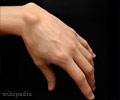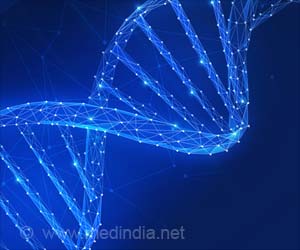Most anterior cruciate ligament (ACL) tears are replaced with a tissue graft. This graft acts as a scaffolding for a new ligament to grow on.

‘A newly designed 3D-printed porous scaffold for use in reconstructing ruptured anterior cruciate ligament in the knee is engineered to deliver a human bone-promoting protein over an extended period of time to improve bone regeneration.’





A study describing the composition of the scaffold and comparing different delivery methods for recombinant human bone morphogenetic protein 2 (rhBMP-2) is published in Tissue Engineering, Part A, a peer-reviewed journal from Mary Ann Liebert, Inc., publishers. Joshua Alan Parry, Sanjeev Kakar and coauthors from Mayo Clinic, Rochester, MN, demonstrated the strength of the scaffold in a rabbit ACL reconstruction model.
In the article entitled "Three-Dimension-Printed Porous Poly(Propylene Fumarate) Scaffolds with Delayed rhBMP-2 Release for Anterior Cruciate Ligament Graft Fixation," the researchers compared the use of four approaches, including microspheres, to reduce the initial burst release of rhBMP-2 from the scaffold and extend its release over time.
"This work is a good example of the fusion of technologies - controlled release drug delivery and 3D printing," says Tissue Engineering Co-Editor-in-Chief Peter C. Johnson, Principal, MedSurgPI, LLC and President and CEO, Scintellix, LLC, Raleigh, NC.
Source-Eurekalert













